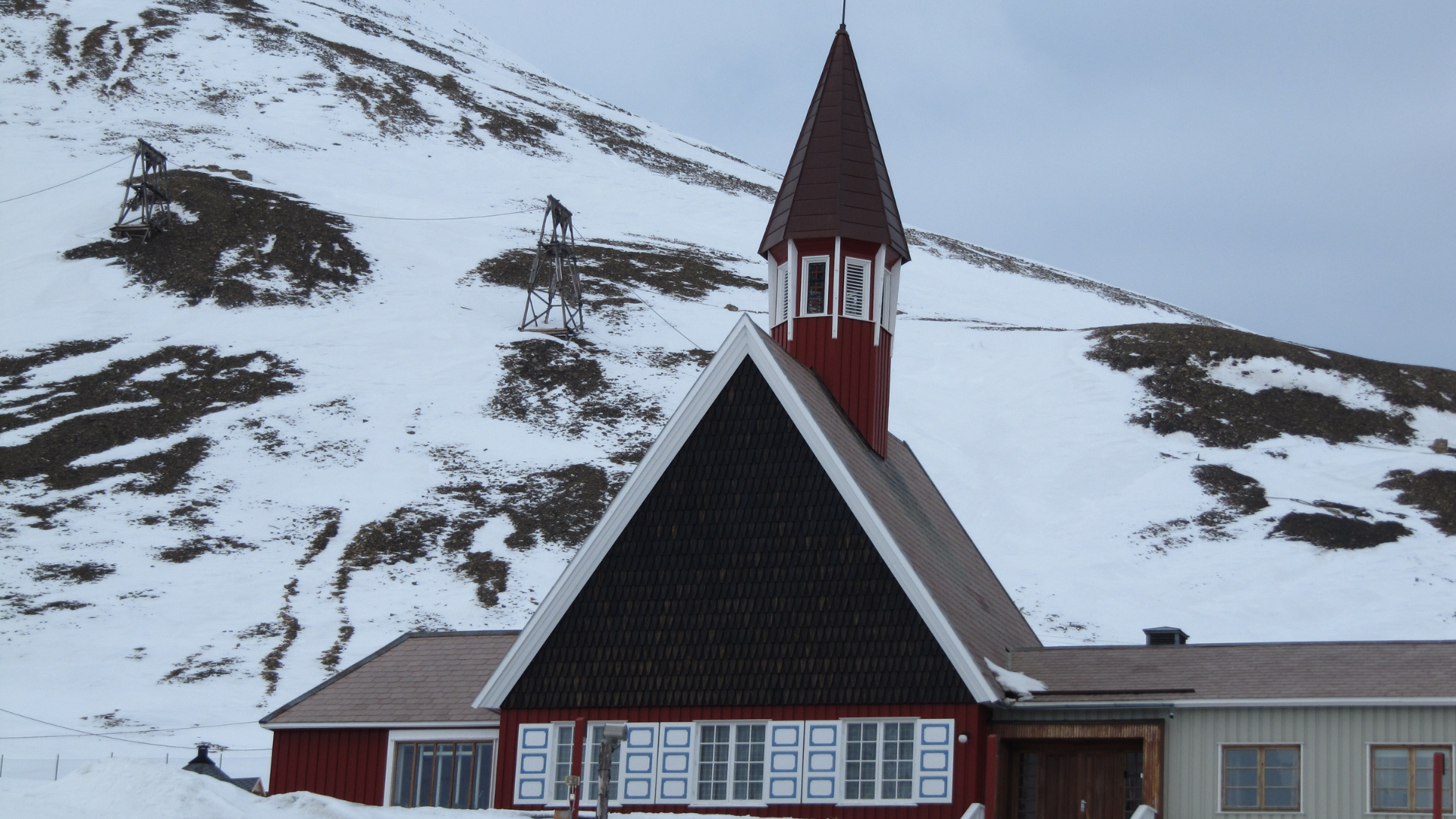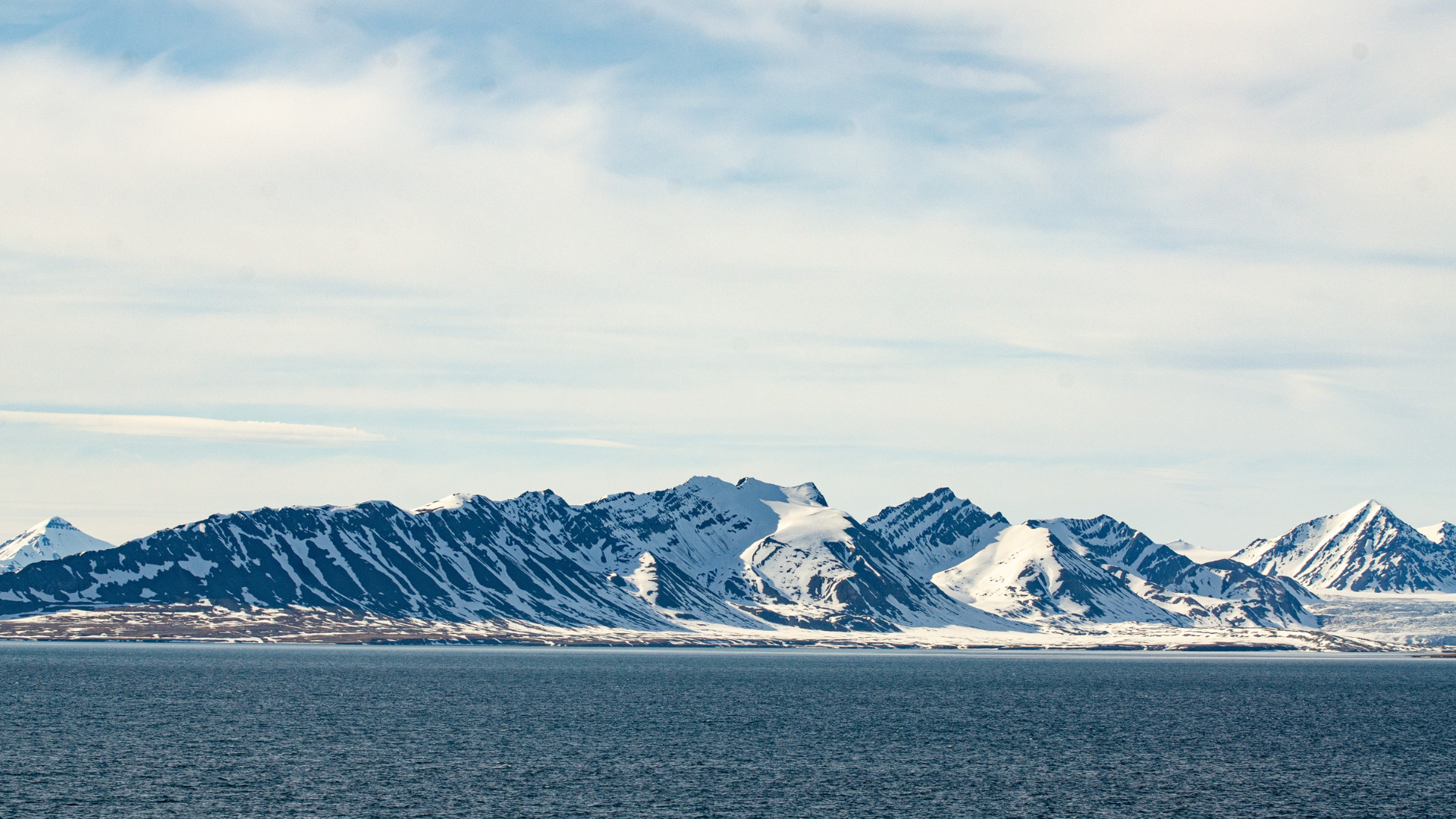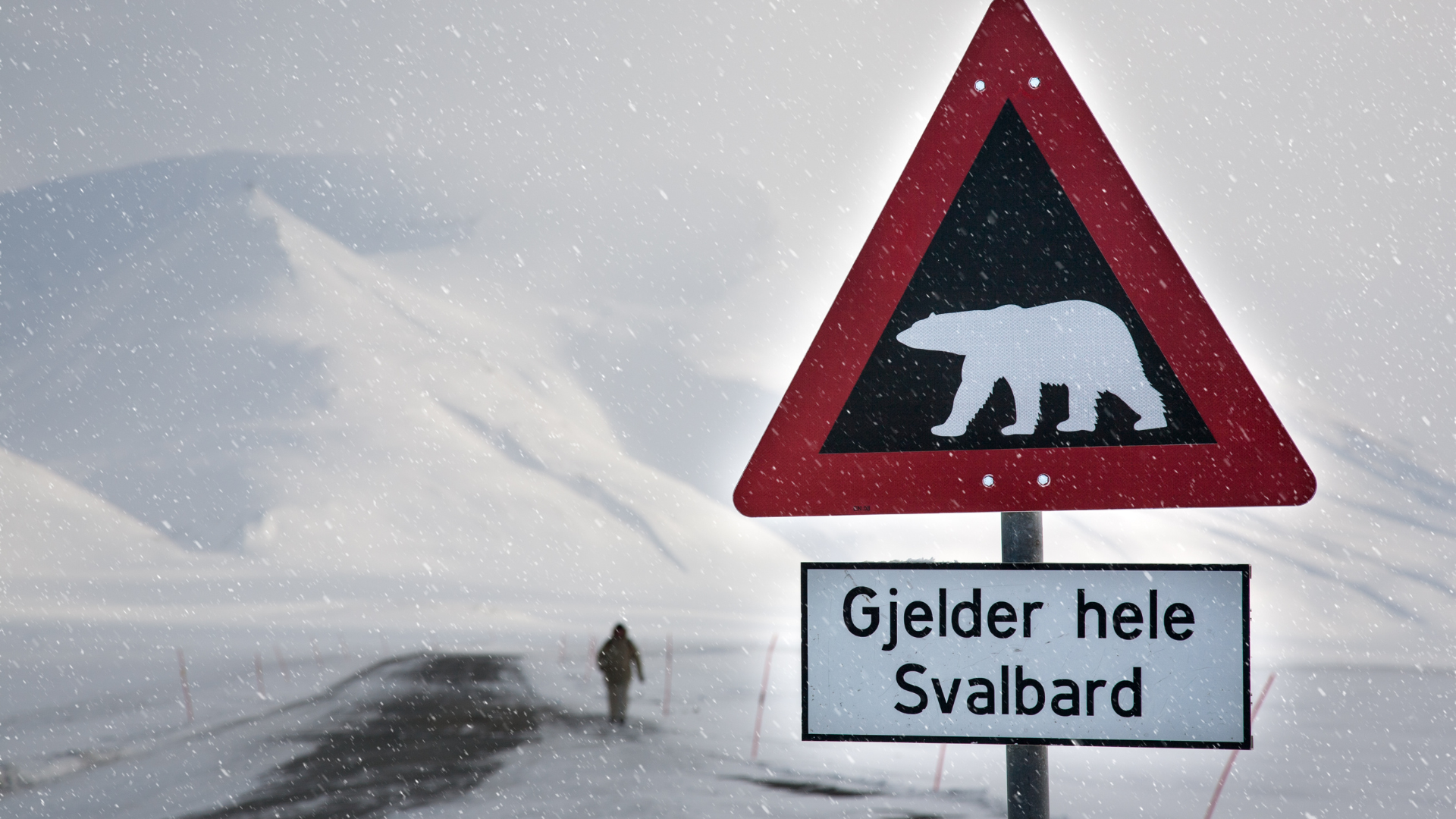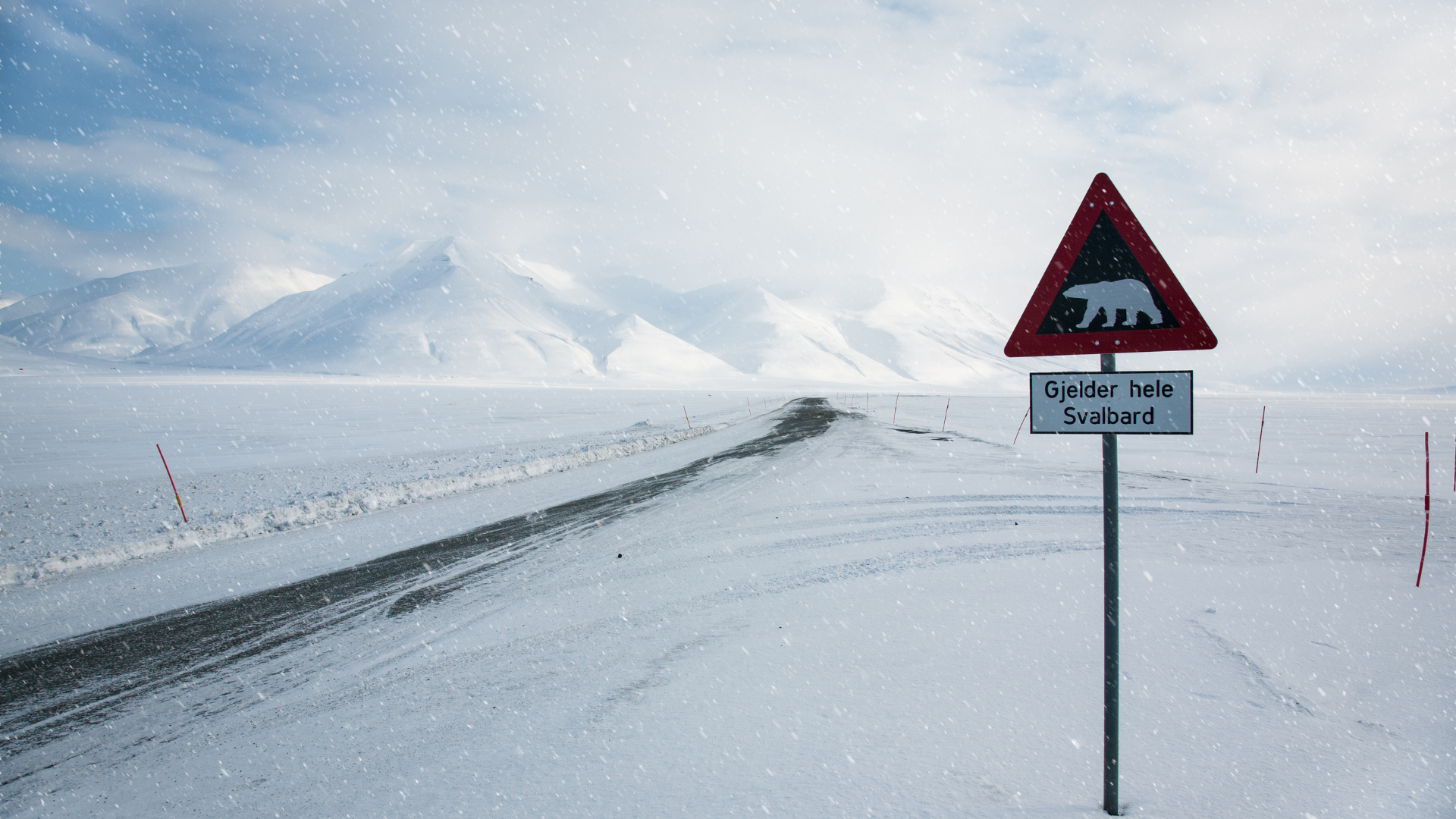Tracing the Footprints of Time: A Historical Journey Through Svalbard
Located within the frigid embrace of the Arctic Ocean, Svalbard stands as a testament to the enduring human spirit and the relentless forces of nature. Across centuries, this remote archipelago has been witness to a tapestry of exploration, exploitation, and scientific inquiry. From its early days as a hunting ground for whalers to its modern role as a hub for Arctic research, Svalbard's history is as rich and varied as the landscapes that define it. Join us on a chronological journey through time as we unravel the captivating history of Svalbard.

Early Exploration and Discovery:
The history of Svalbard is intertwined with the saga of Arctic exploration, dating back to the early Norse sagas and expeditions led by Dutch and English mariners in the 16th century. The archipelago, with its harsh climate and forbidding terrain, remained largely uncharted until the advent of modern exploration. In 1596, Dutch explorer Willem Barentsz became the first recorded European to set foot on Svalbard, seeking a northeast passage to Asia. His voyages paved the way for subsequent expeditions and the gradual mapping of the Arctic regions.
Whaling and Early Exploitation:
The 17th and 18th centuries saw Svalbard emerge as a vital hub for the whaling industry, attracting fleets of ships from Europe and beyond. Whalers sought the abundant stocks of bowhead and other whales, harvesting their blubber for oil and their bones for various products. Settlements such as Smeerenburg became bustling centers of activity, housing temporary camps and processing facilities. However, the whaling boom also brought ecological devastation, with many whale species pushed to the brink of extinction in the region. By the early 20th century, whaling declined in Svalbard due to dwindling stocks and the rise of alternative energy sources.
Exploration and Scientific Endeavors:
The late 19th and early 20th centuries witnessed a renewed interest in Svalbard as a platform for scientific research and exploration. Expeditions led by explorers such as Fridtjof Nansen and Roald Amundsen sought to unlock the mysteries of the Arctic and push the boundaries of human knowledge. These ventures laid the groundwork for future scientific endeavors in the region, establishing research stations and collecting valuable data on climate, geology, and wildlife. In 1920, the signing of the Svalbard Treaty granted Norway sovereignty over the archipelago while promoting international cooperation in scientific and economic activities.
Coal Mining and Modern Development:
The discovery of coal deposits in Svalbard in the late 19th century heralded a new era of development for the archipelago. Mining operations, initially led by foreign companies, expanded rapidly, attracting a diverse workforce from Norway and beyond. Settlements such as Longyearbyen and Barentsburg grew around the mines, providing housing, amenities, and infrastructure for the burgeoning population. Despite the harsh conditions and challenges of Arctic mining, coal production remained a cornerstone of Svalbard's economy well into the 20th century. However, declining demand and environmental concerns led to the gradual decline of the coal industry, prompting a shift towards tourism, research, and other economic activities.
Modern Svalbard:
Conservation and International Cooperation: Today, Svalbard stands at the crossroads of conservation, scientific research, and sustainable development. The archipelago's unique status under the Svalbard Treaty has fostered international cooperation in preserving its pristine Arctic environment and promoting responsible stewardship of its resources. Conservation efforts focus on protecting vulnerable species such as polar bears and mitigating the impacts of climate change on the fragile Arctic ecosystem. Meanwhile, research institutions and universities from around the world conduct studies in fields such as climate science, biodiversity, and glaciology, leveraging Svalbard's pristine wilderness as a natural laboratory. As Svalbard navigates the challenges of the 21st century, its history serves as a testament to the resilience of its people and the enduring allure of the Arctic frontier.
World War II and Strategic Importance:
During World War II, Svalbard gained strategic significance due to its strategic location in the Arctic Ocean. The archipelago became a battleground between Allied and Axis forces vying for control of the region's natural resources and strategic position. German forces occupied Svalbard during the war, establishing weather stations and mining operations to support their war effort. Allied forces launched several operations to disrupt German activities in the region, including the Operation Fritham and Operation Zitronella.
Svalbard's role as a strategic outpost continued after the war, with the establishment of military installations and surveillance stations by various nations. The archipelago's proximity to the Soviet Union made it a vital listening post during the Cold War, with radar installations and monitoring stations monitoring Soviet activity in the Arctic.
Contemporary Challenges and Opportunities:
In the modern era, Svalbard faces a new set of challenges and opportunities as it adapts to a rapidly changing world. Climate change poses a significant threat to the region's fragile ecosystem, with rising temperatures leading to melting glaciers, shrinking sea ice, and altered migratory patterns for wildlife. The loss of sea ice has also made the Arctic more accessible, opening up new opportunities for shipping, resource extraction, and tourism.
At the same time, Svalbard's unique status under the Svalbard Treaty presents opportunities for international cooperation and collaboration in addressing these challenges. Conservation efforts are underway to protect the region's biodiversity and mitigate the impacts of climate change. Sustainable development initiatives aim to balance economic growth with environmental conservation, promoting responsible tourism and resource management.
Svalbard's economy has diversified in recent years, with tourism emerging as a key driver of growth. The archipelago's pristine wilderness and unique wildlife attract visitors from around the world, supporting a thriving tourism industry. Adventure tourism, including activities such as glacier hiking, dog sledding, and wildlife safaris, offers visitors the opportunity to explore Svalbard's untamed landscapes and experience its Arctic wilderness.
Meanwhile, scientific research continues to thrive in Svalbard, with researchers studying a wide range of topics, from climate change and glaciology to Arctic ecosystems and biodiversity. The archipelago's remote location and pristine environment make it an ideal laboratory for studying the impacts of climate change on the Arctic region and understanding its implications for the rest of the planet.
As Svalbard navigates the challenges and opportunities of the 21st century, its history serves as a reminder of the resilience of its people and the importance of preserving its unique natural heritage for future generations. By embracing sustainable development practices and fostering international cooperation, Svalbard can continue to thrive as a symbol of human ingenuity and environmental stewardship in the Arctic.












